Media | Articles
Tunnel Vision: Honda’s aero testing home in Ohio is state of the art
Opened in March, Honda Automotive Labs of Ohio (HALO) in East Liberty, Ohio offers the automaker’s engineers a fresh opportunity: to optimize efficiency and performance in their own backyard. Located fewer than ten miles from the massive Marysville manufacturing complex, Honda’s $124 million investment seems sensible from a logistical standpoint alone.
Prior to HALO, Honda engineers spent much of their time traveling to various wind tunnels around the world. They’d ship prototype cars, sensitive equipment, and some of the smartest brains in the business to far-off locales for testing. After decades of this practice, Honda opted to take lessons learned and build an advanced, custom-outfitted facility from the ground up.
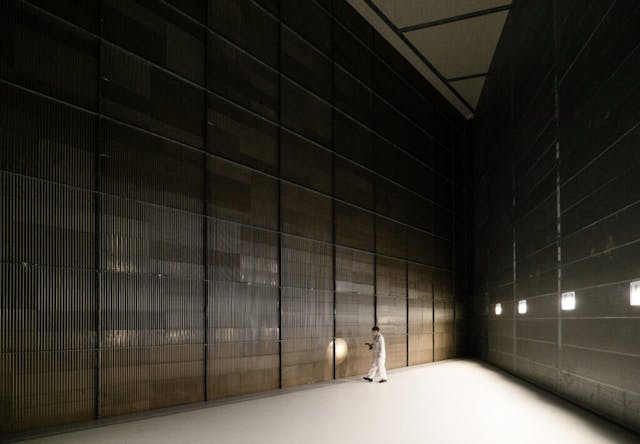
Late last year, Honda gave us a tour of HALO. When we arrived, engineers were hard at work developing next season’s aero package on a Honda IndyCar.
It’s a pleasant place to spend time, and to hear the engineers tell it, that’s out of the ordinary. Most wind tunnels look more or less the way they do in the movies, especially the control rooms, which are depicted as cramped, dark, lonely places. These tend to be big, expensive facilities, and in the design phase employee comfort did not always rank high on the priority list compared to more quantitative metrics. Not at HALO; the control room is a sprawling, wide-open affair, with elevated, stadium-style seating that gives staff a clear look at what’s going on behind the glass.

The break area, off to the side of the testing area, is sunny and open-feeling thanks a state-of-the-art feature known as “windows.” It doesn’t take much to keep an engineer happy, but several told us they’re thankful that Honda went the extra mile here.
Marketplace
Buy and sell classics with confidence
Next, we passed through the bank vault-style control room door into the belly of the beast. Air moves through the wind tunnel via an oval-shaped circuit (pretty much any picture you snap here would make for seriously evocative album art) with the main room at the end of the route somewhat resembling the front stretch of a race track. Here, cars and (sometimes, we were cryptically told, “other stuff”) are positioned on a stainless steel belt in the center of a large rotating turntable. The turntable rotates to simulate driving at various yaw angles, while the belt (essentially a gigantic treadmill) helps to simulate real-world driving and control the boundary layer of air underneath the vehicle, ensuring test accurate results.
HALO can test with wind speeds ƒt 190 miles per hour, which means the belt is moving very fast indeed. As you can imagine, any slight imperfection or irregularity in the surface could prove dangerous. Technicians are thus forbidden from wearing shoes on the belt, and test vehicles have their tires coated in Teflon so they don’t leave behind a residue.
Through a garage door from the main tunnel, we walked down a long corridor where vehicles are prepared for testing. The staging zone is populated with lifts, workstations, a Hunter alignment rack, and even a wash station for cleaning vehicles. That last piece is more important than it might seem; dirt on the car can alter test results, not to mention the previously mentioned potential for damage to the sensitive belt. Flying debris doesn’t mix well with expensive turbine blades, either.
Oh yeah, the turbine. Walking back into the main room, we began following the one-eighth mile path that makes up the wind tunnel. After the first set of bends, we met the enormous turbine, a behemoth driven by a 5-megawatt (that’s 6700 horsepower) electric motor, capable of up to 250 rpm and generating wind speeds of up to 190 mph. Each of the turbine’s twelve carbon-fiber blades is nearly as tall as an adult human; we had to duck a little to walk underneath the hub into the downhill, sloping back stretch leads into a massive bank of heat exchangers (mounted diagonally for additional surface area). Then, the path continues around the final set of corners and up into the main testing room.
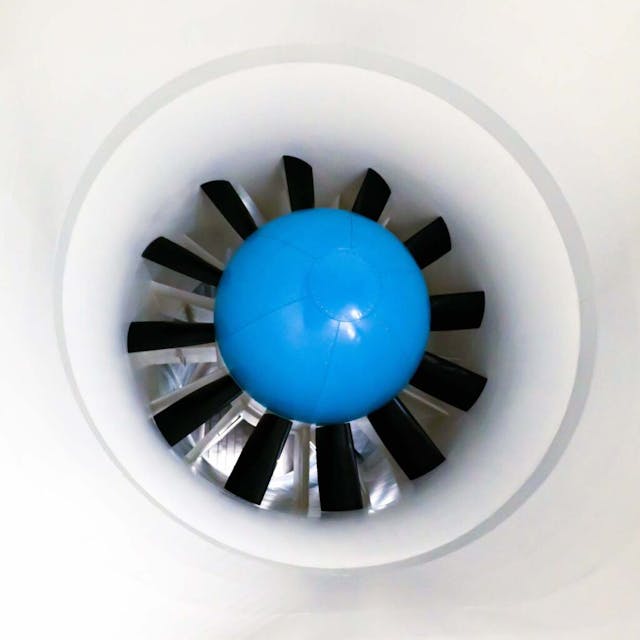
The main testing room also contains the “infield,” to house necessary equipment: a spare belt, microphone arrays, and other testing gear. The HALO wind tunnel was designed from the ground up to be easy to reconfigure, and that extra thought and effort pays dividends when it’s time for a changeover. Switching from aerodynamic testing to acoustic testing was once, in other facilities, an all-day affair; now it takes less than an hour. Like anywhere else, time is money.

The microphone rigs, set up for acoustic testing, are impressive in their own right. Over 500 exterior microphones (and another 50-plus inside the vehicle itself) record sound levels inside and outside the vehicle. There’s also a large robotic arm that can be positioned nearly anywhere in the testing room, to which engineers can mount all manner of sensors to record data while the wind tunnel is in use.
American Honda has more plans the pipeline for HALO for the next year or two, but representatives were mum on details. Third parties, however, will soon be able to rent the facility. Honda even built a website, halowindtunnel.com, to show off the wind tunnel to potential clients. There’s an e-mail contact link we were even tempted to click, but the cash we need to muster for a day’s rental is surely steep. Looks like we won’t be wind testing the aero mods on our Lemons racing project car any time soon …
Check out the Hagerty Media homepage so you don’t miss a single story, or better yet, bookmark it.

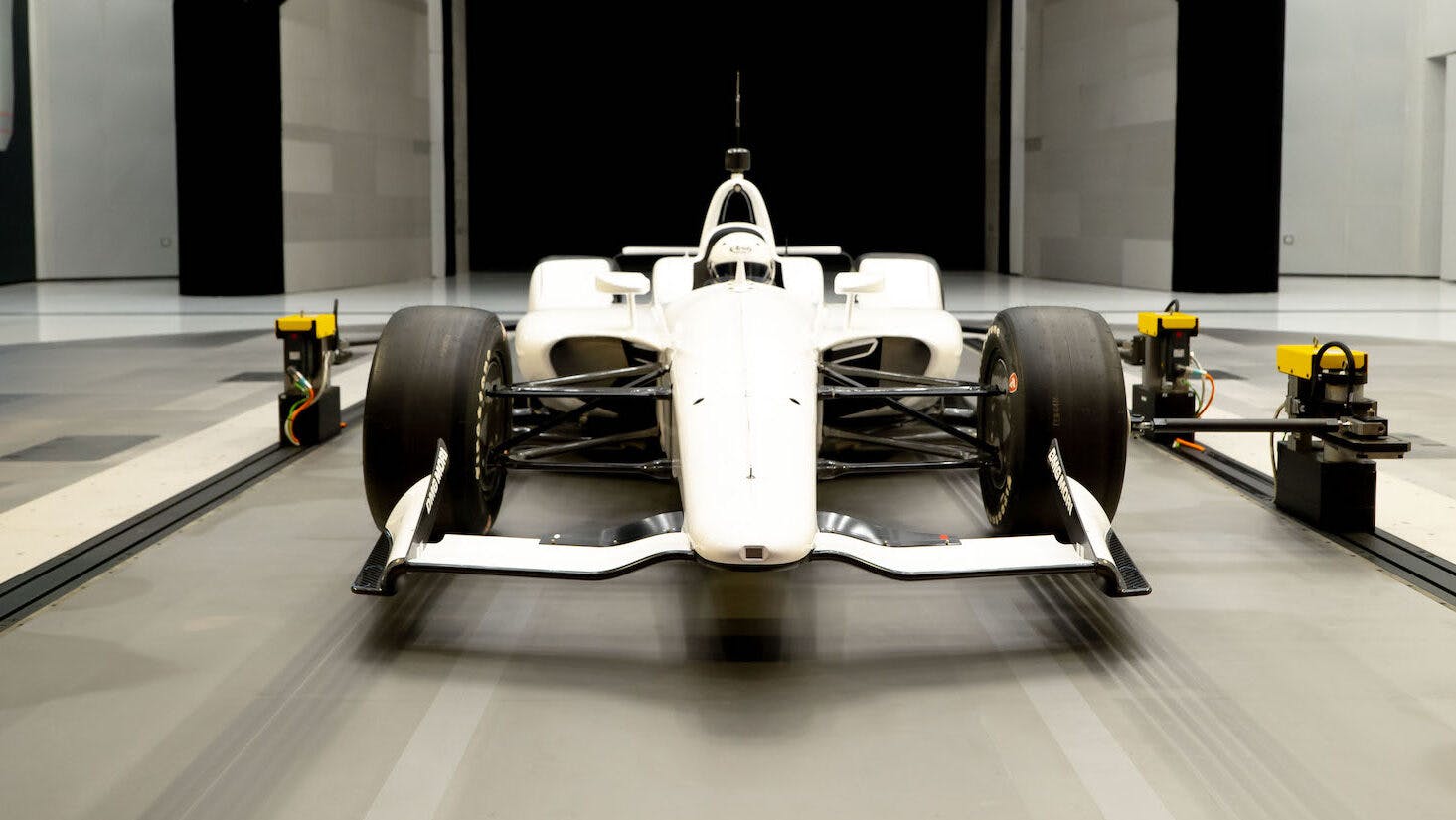

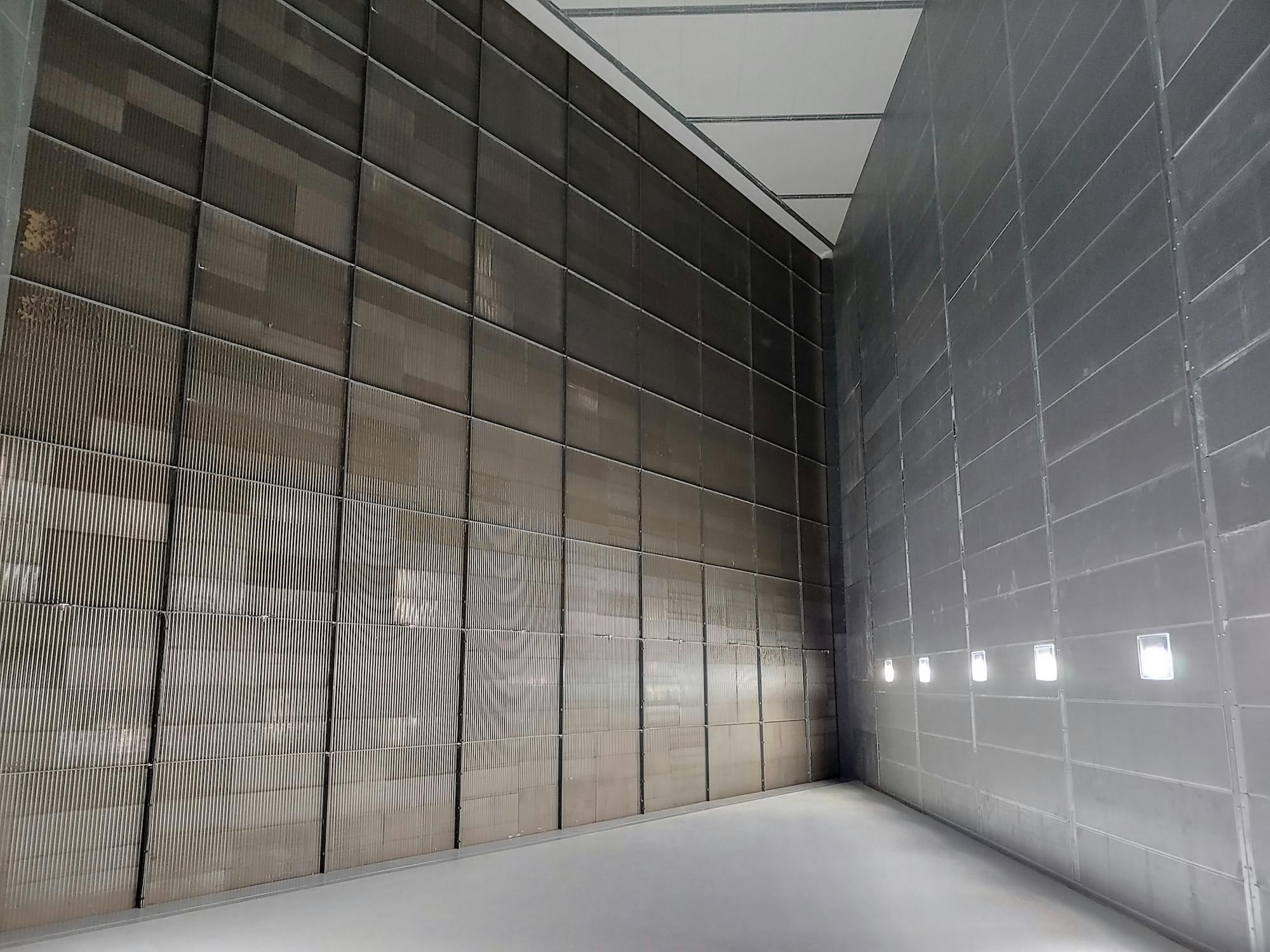
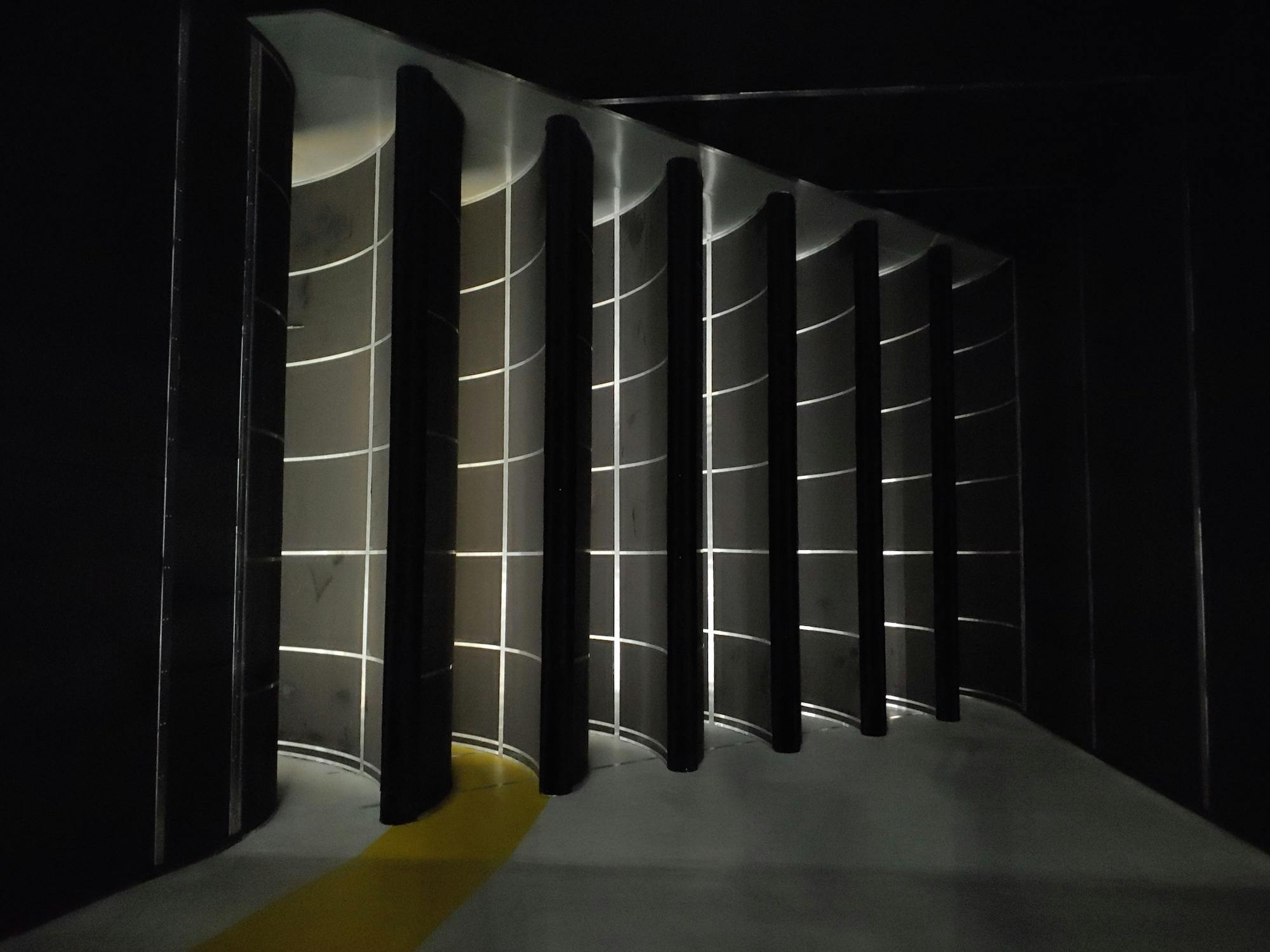
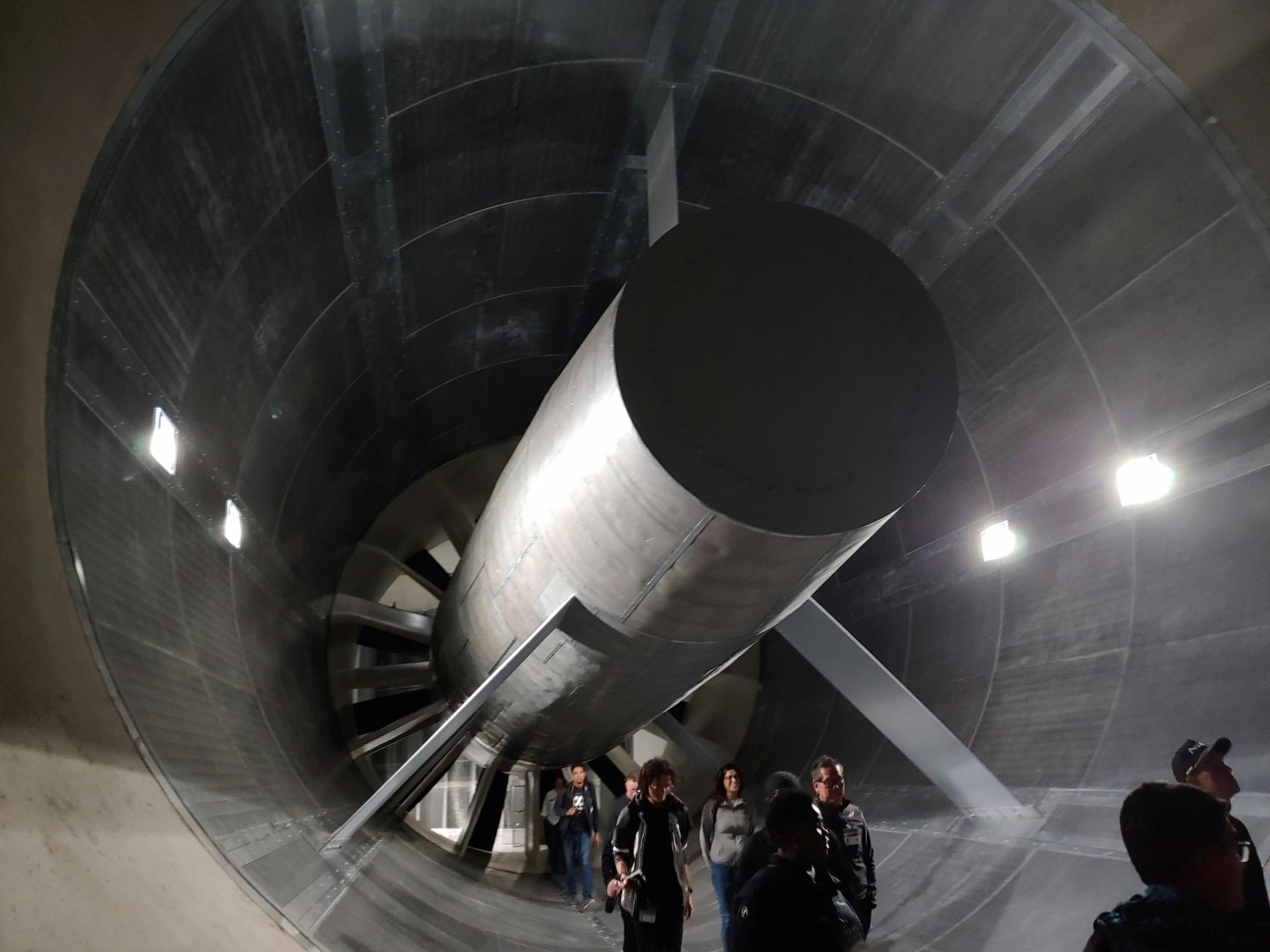
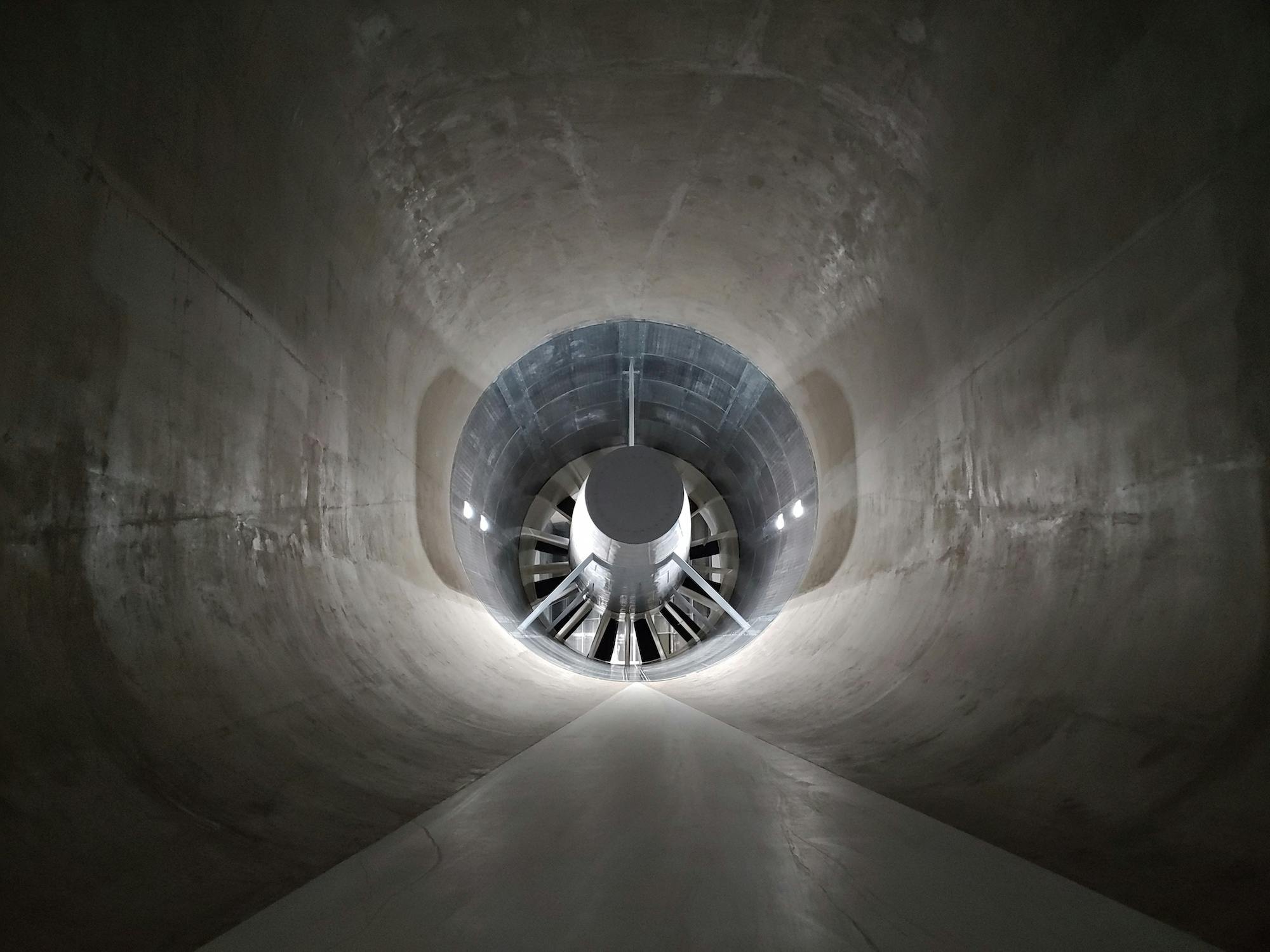
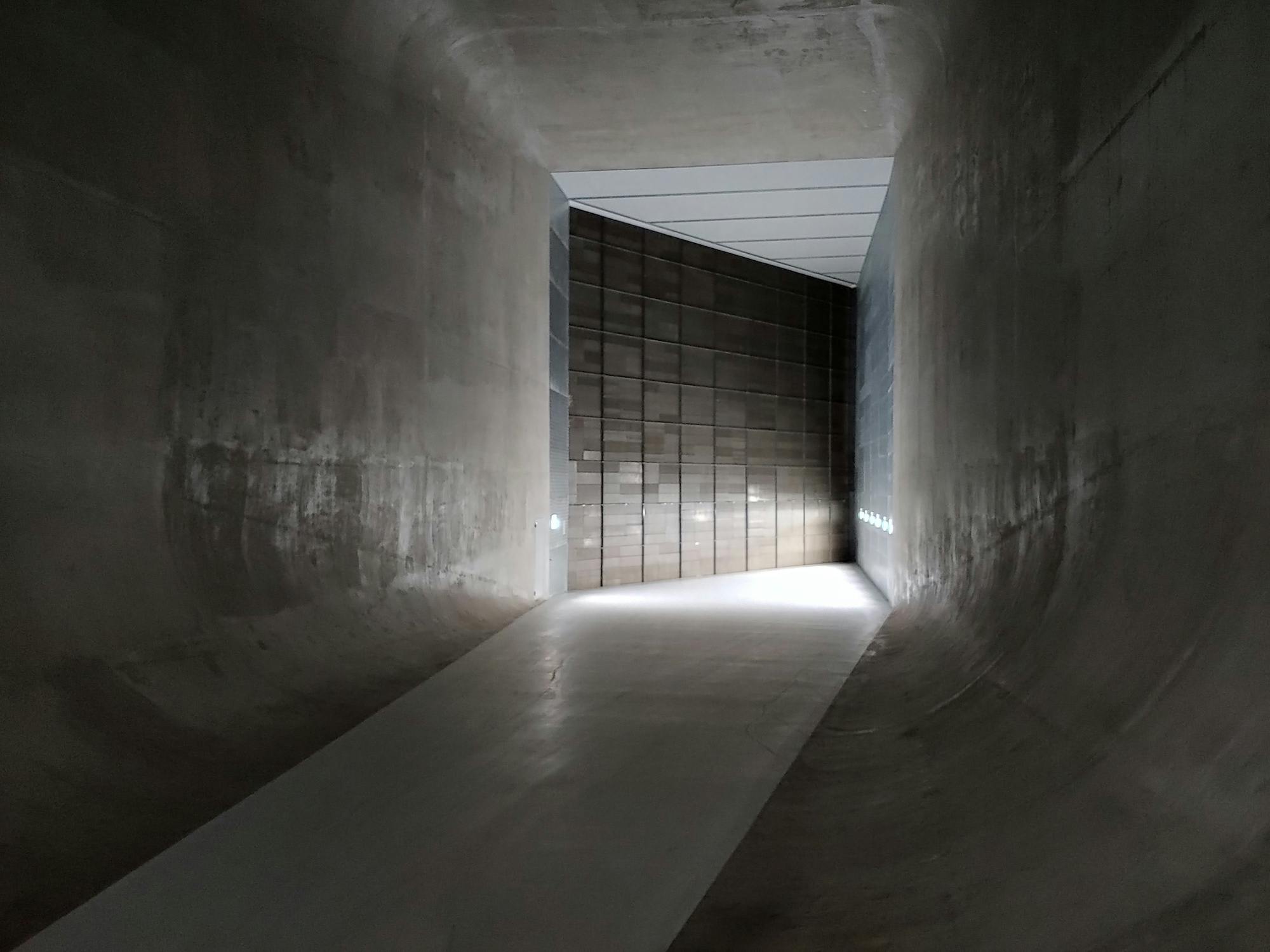
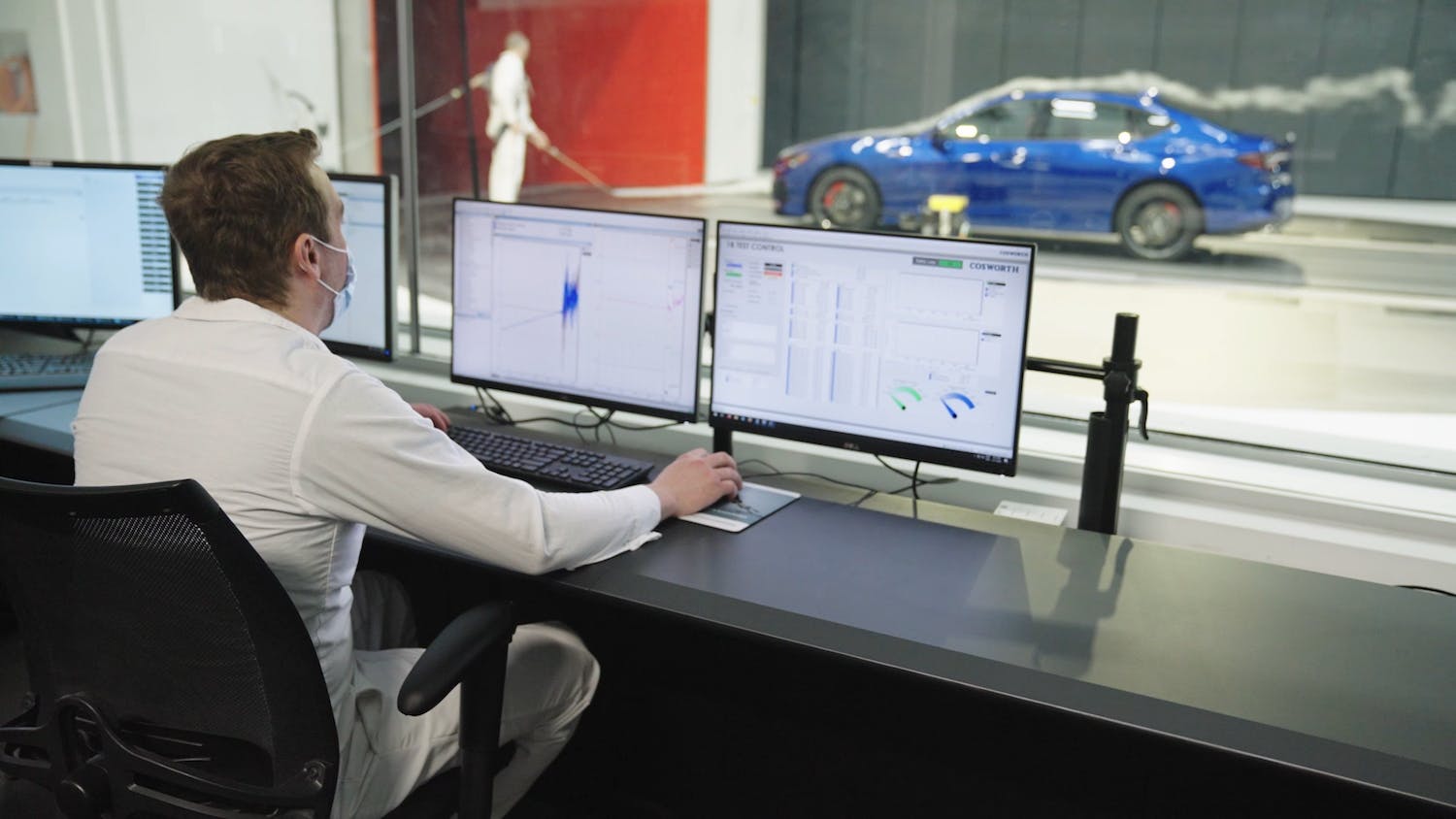
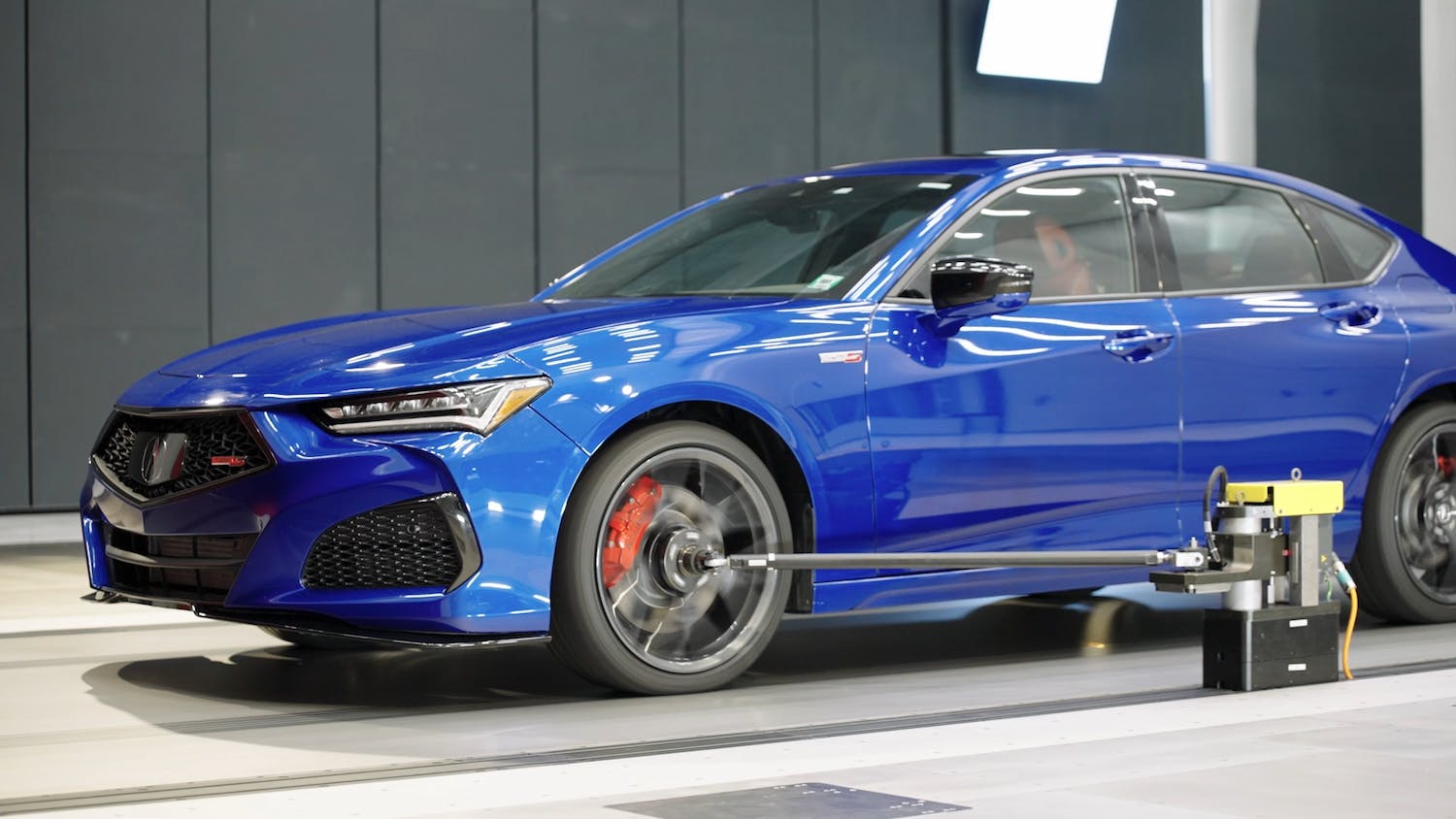
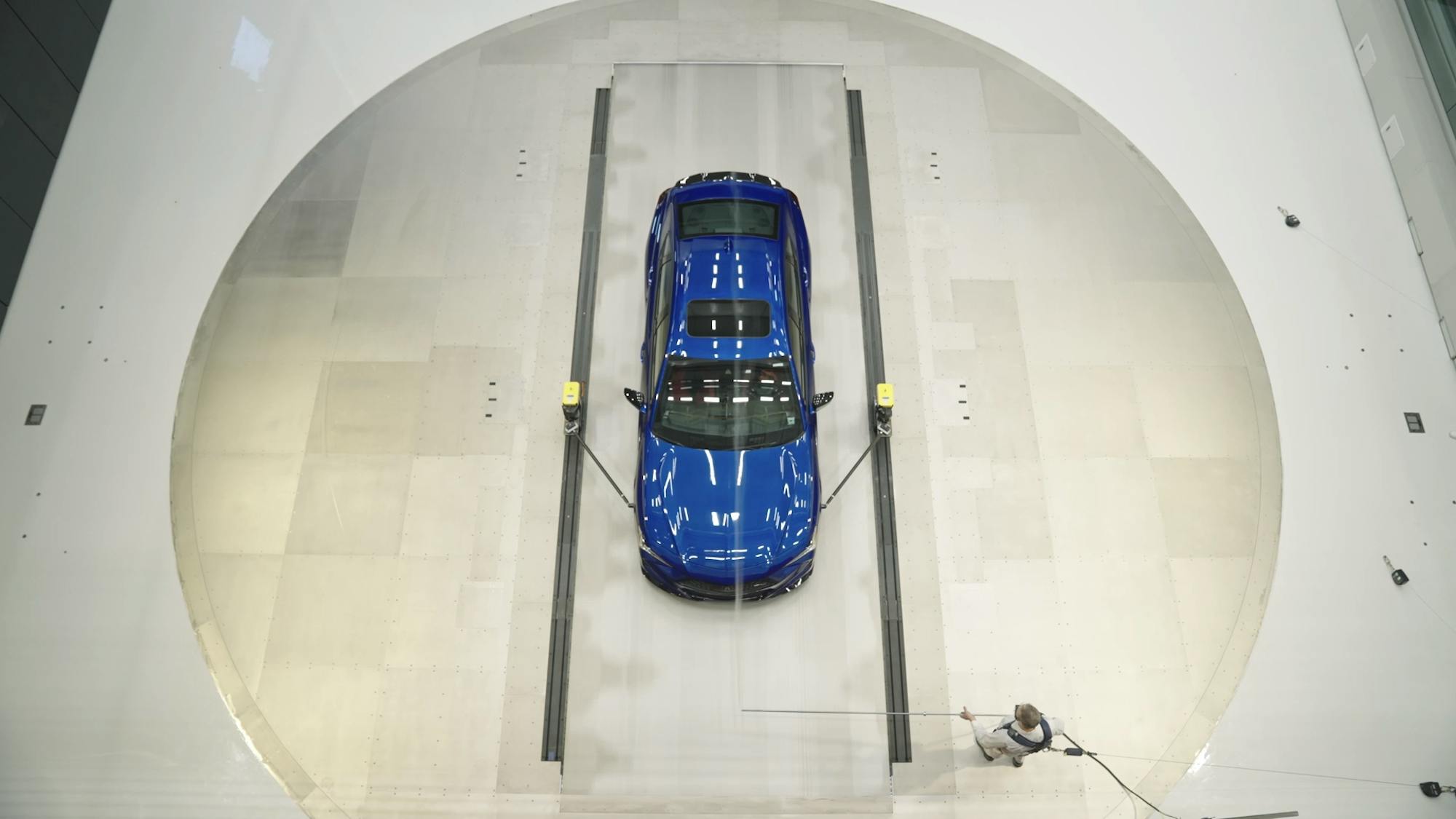
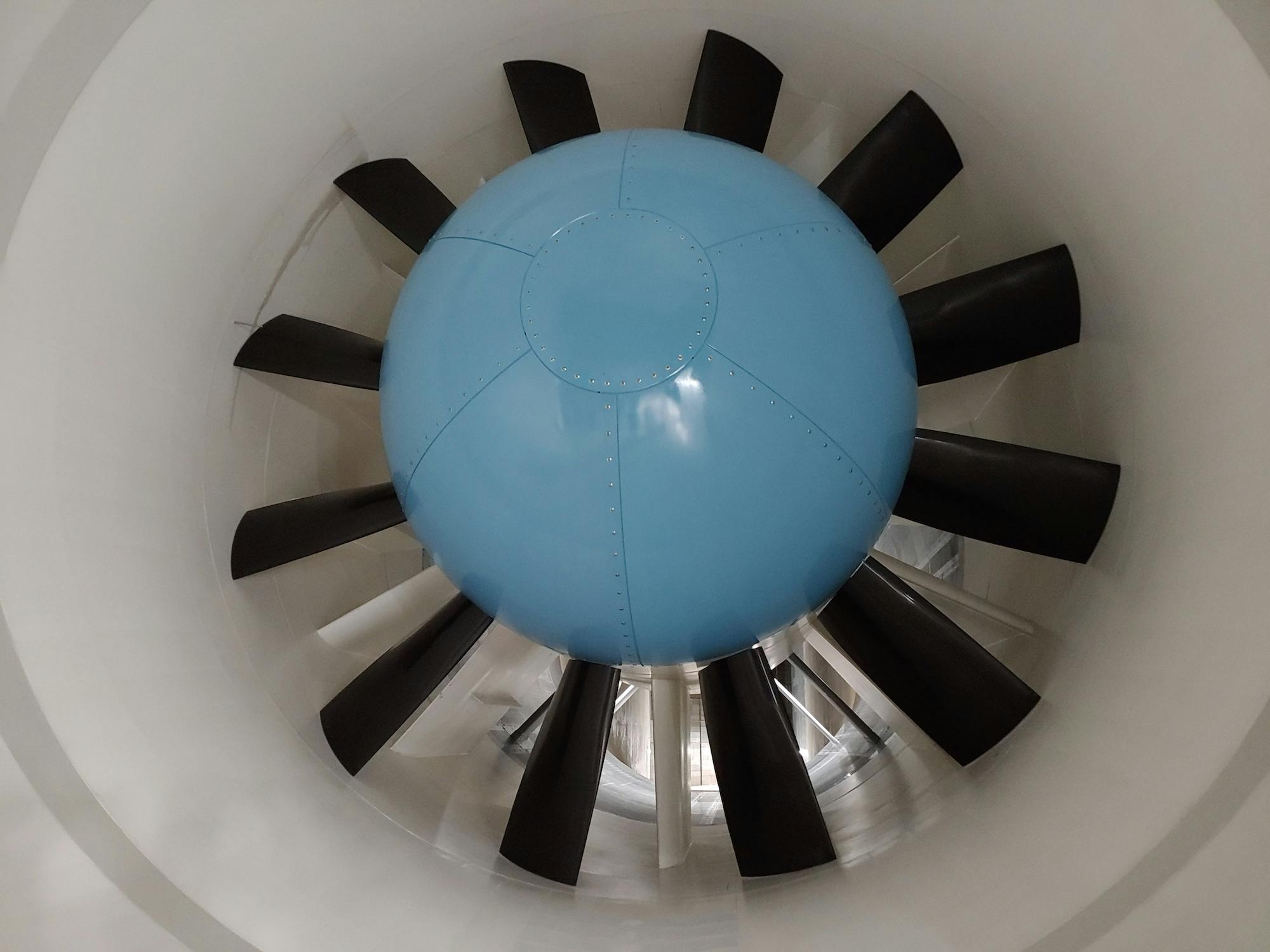

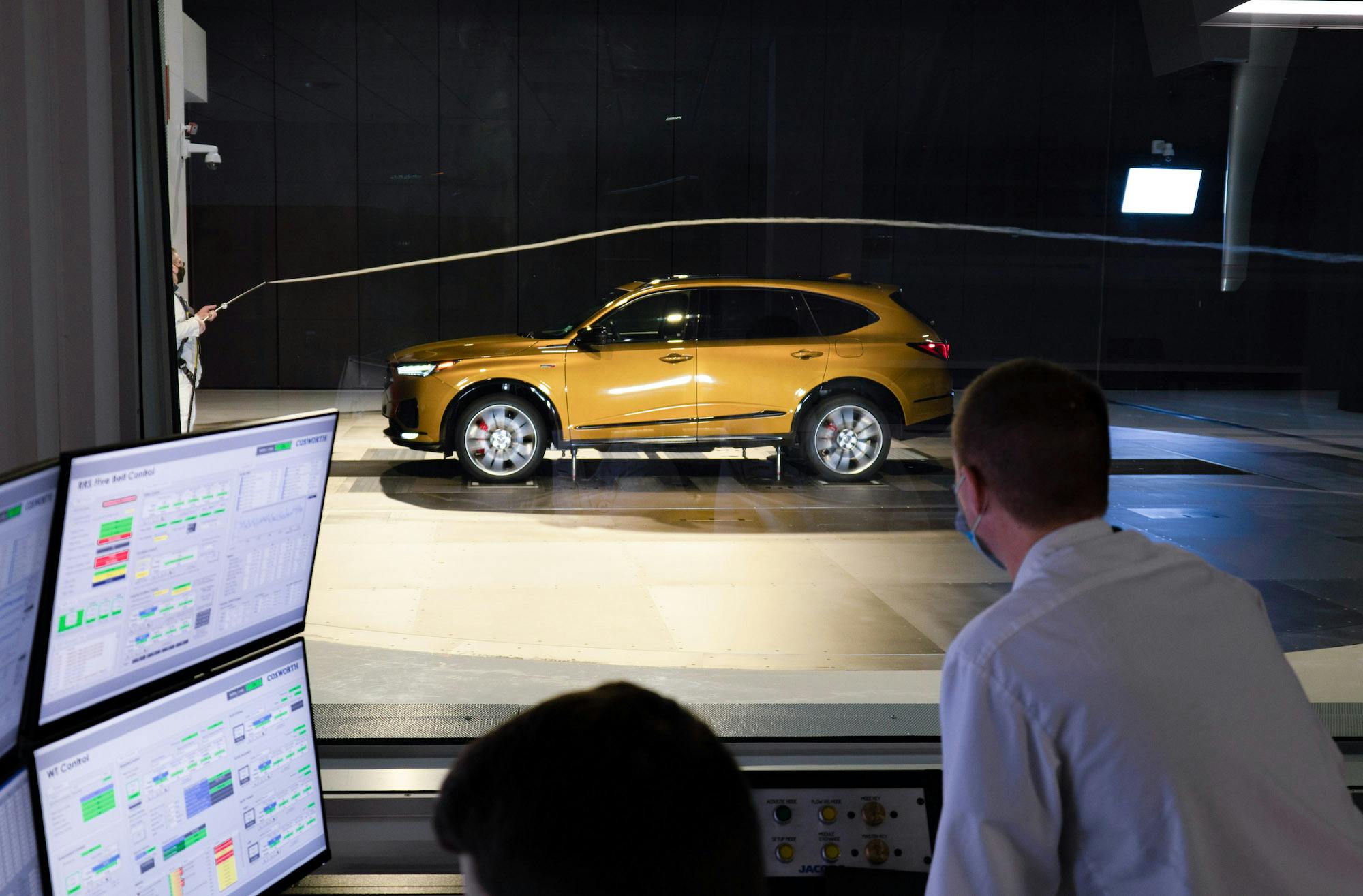
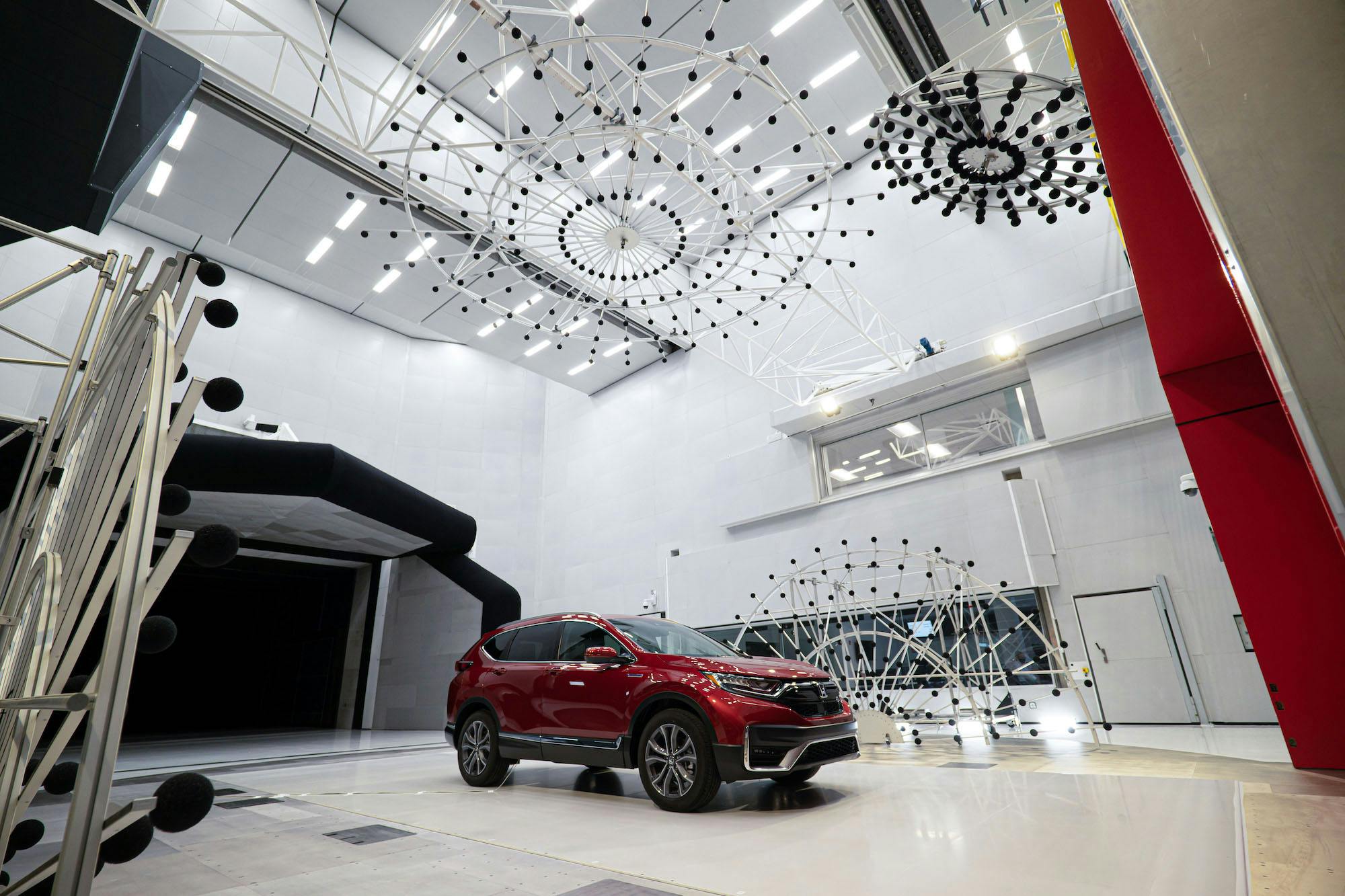
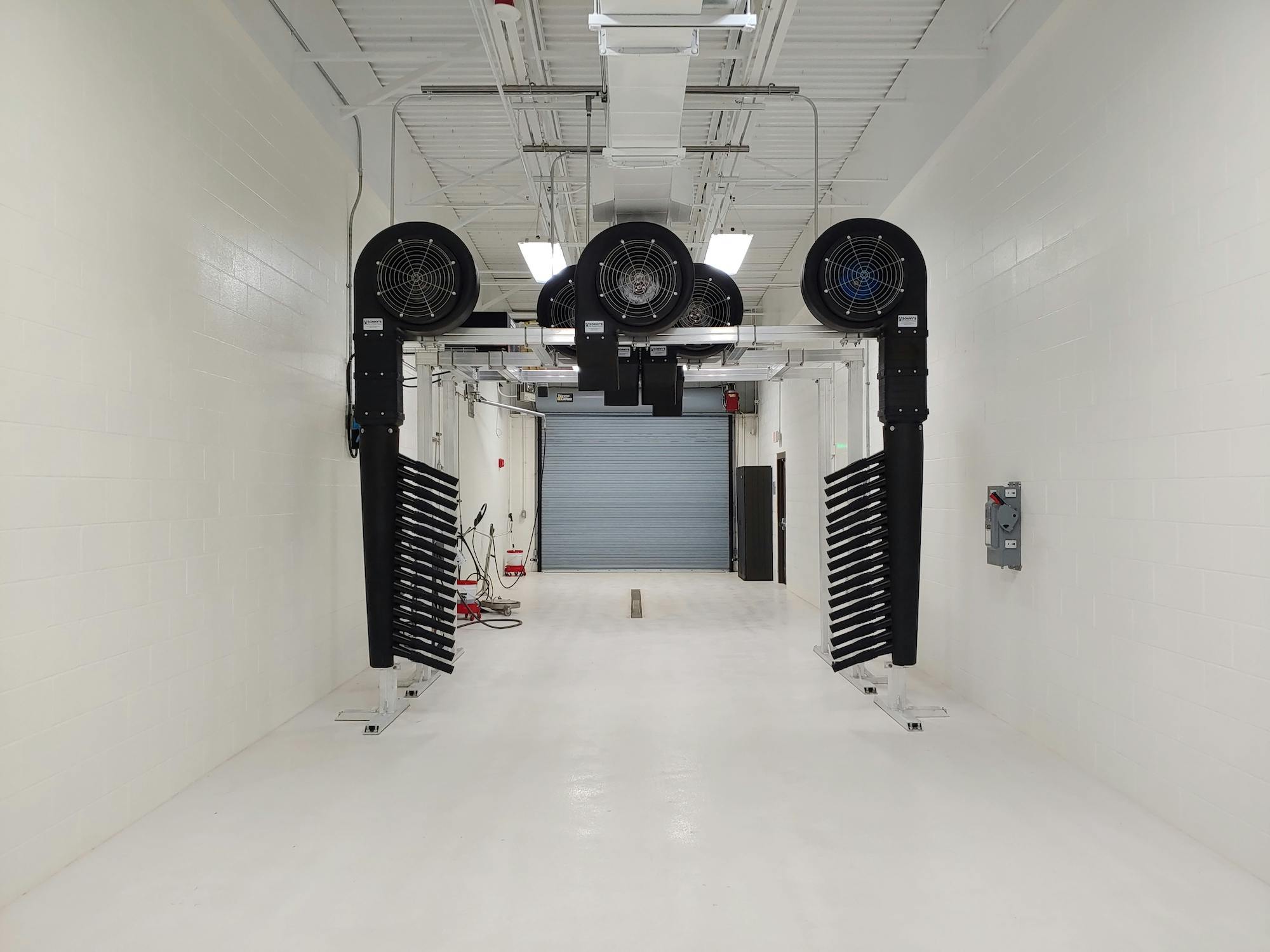
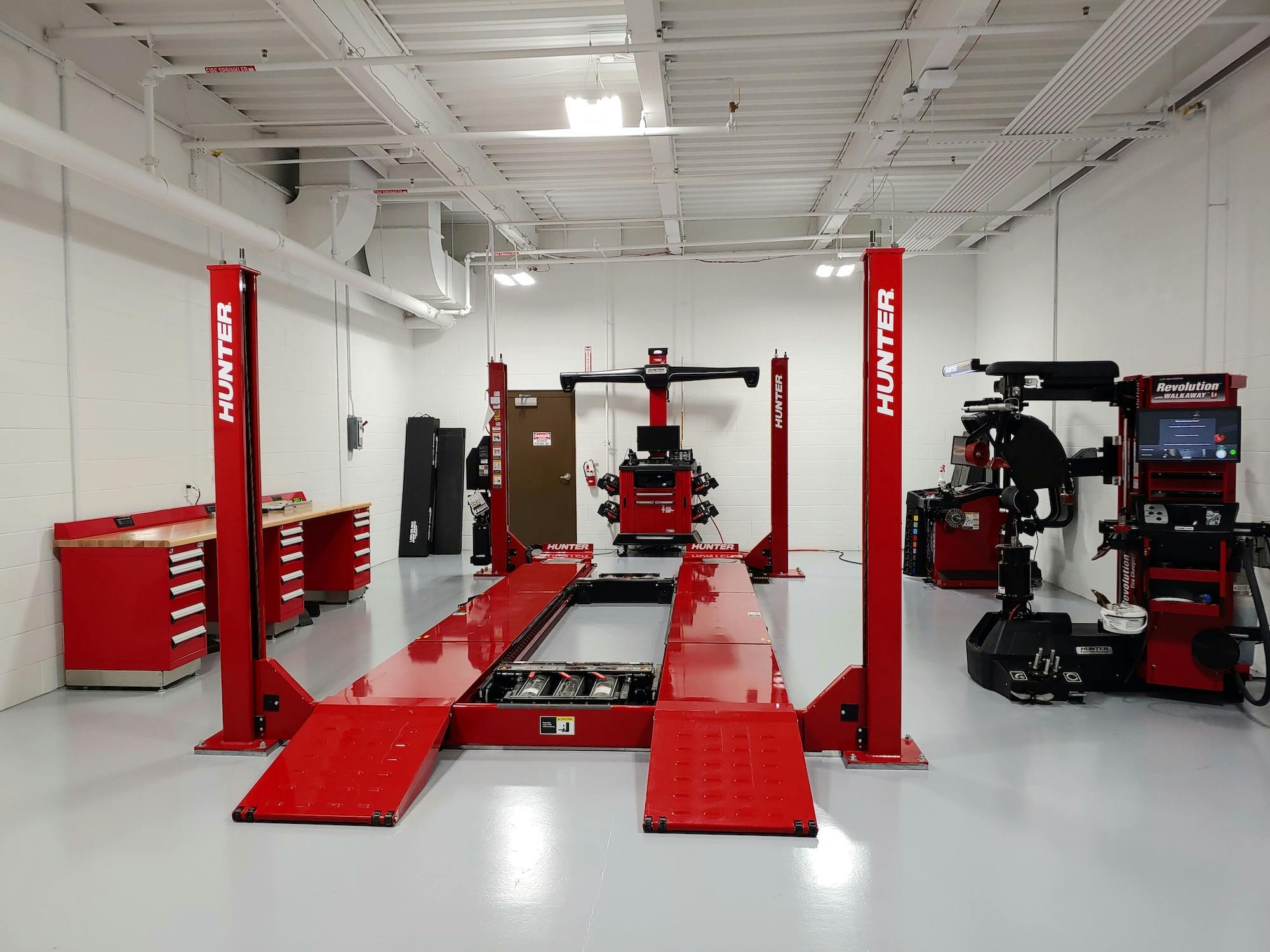
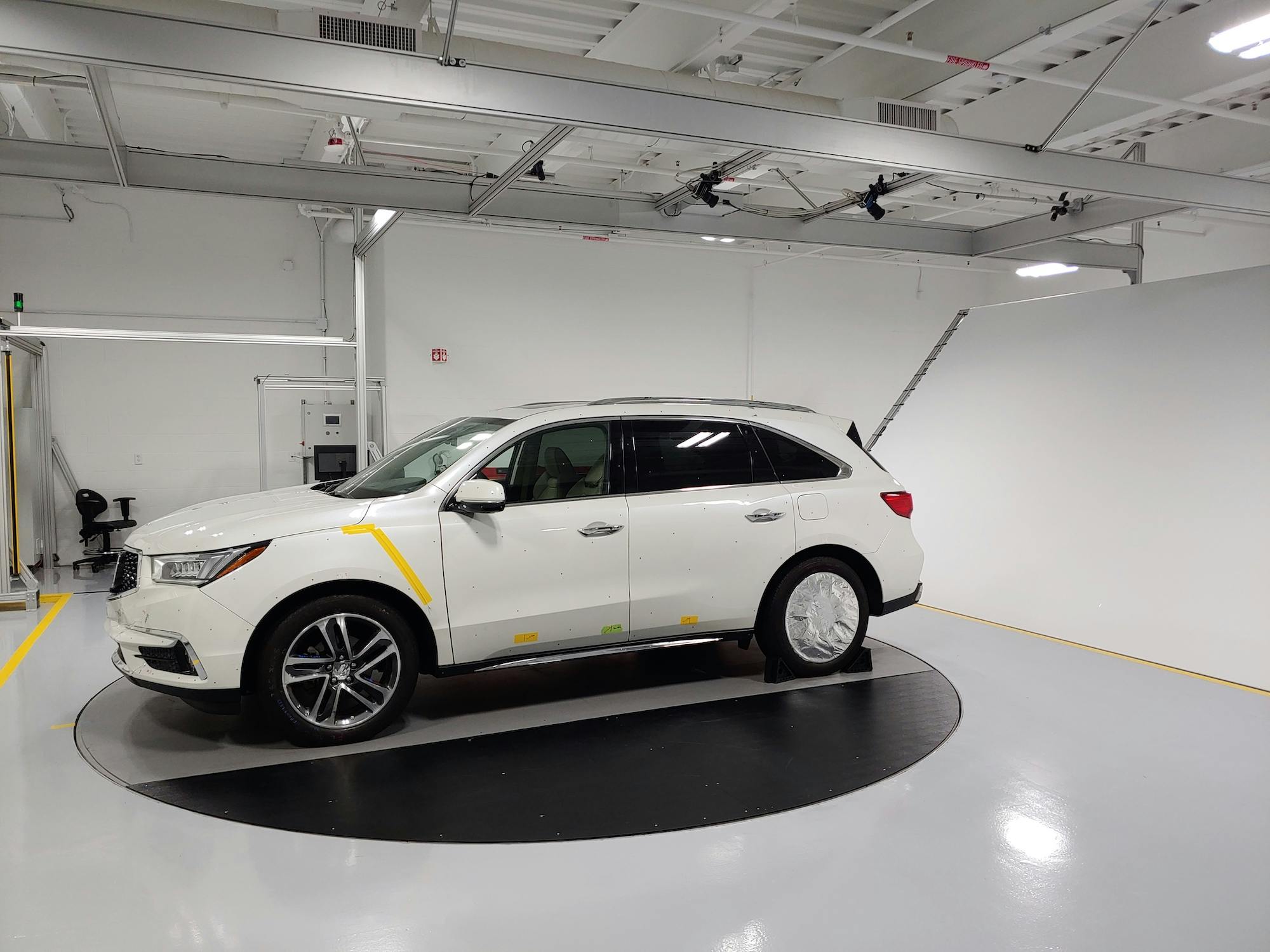
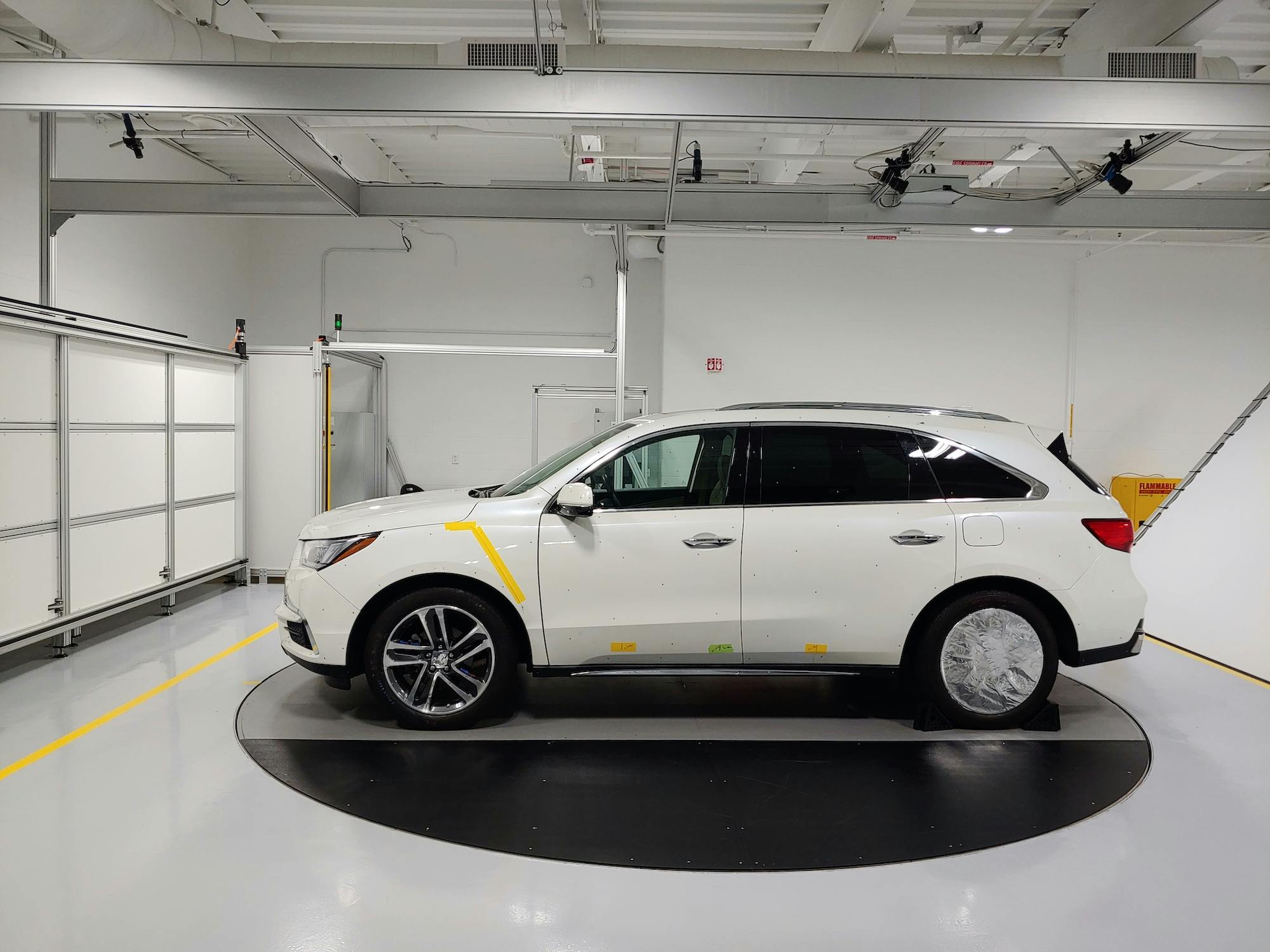
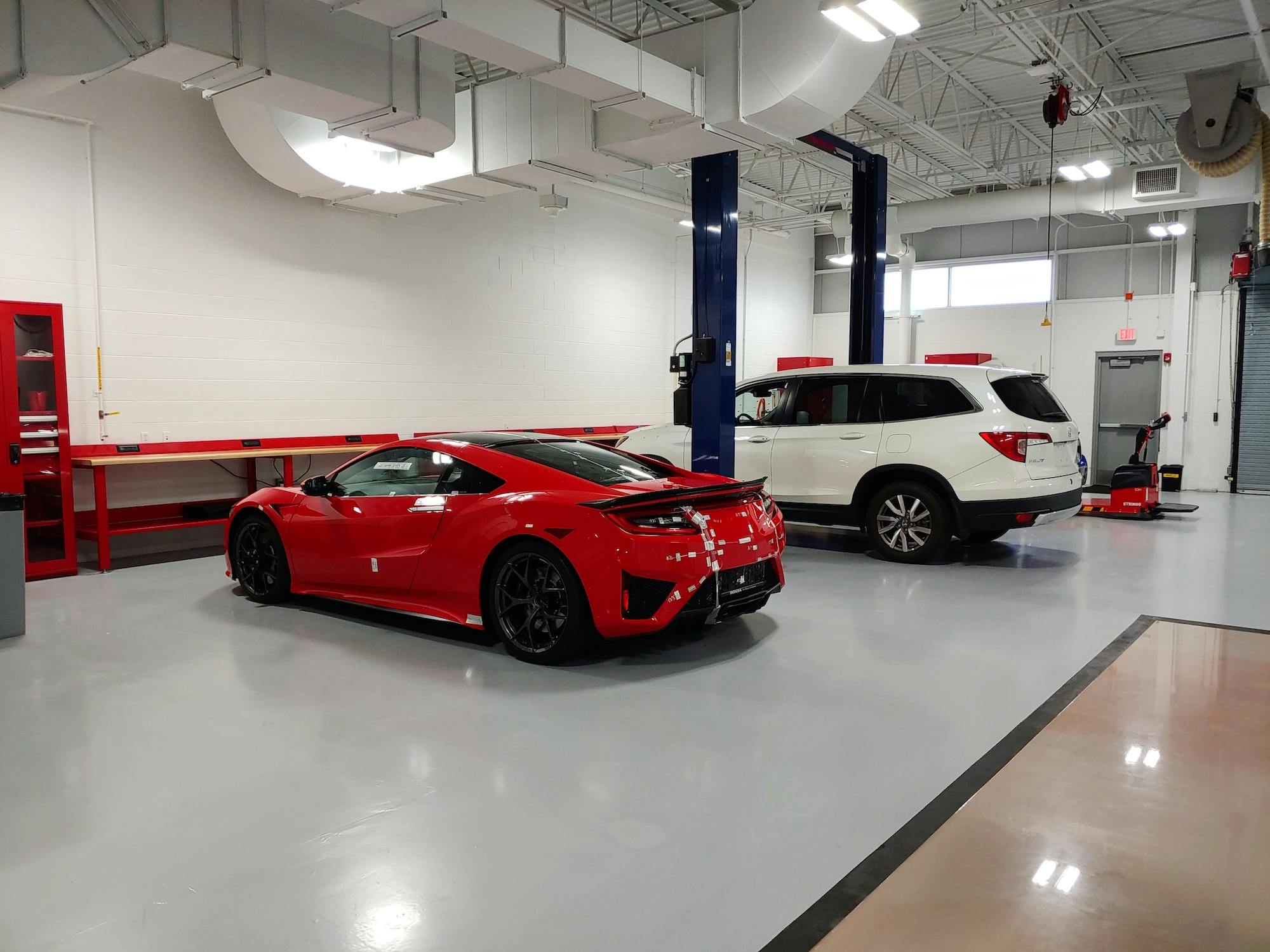

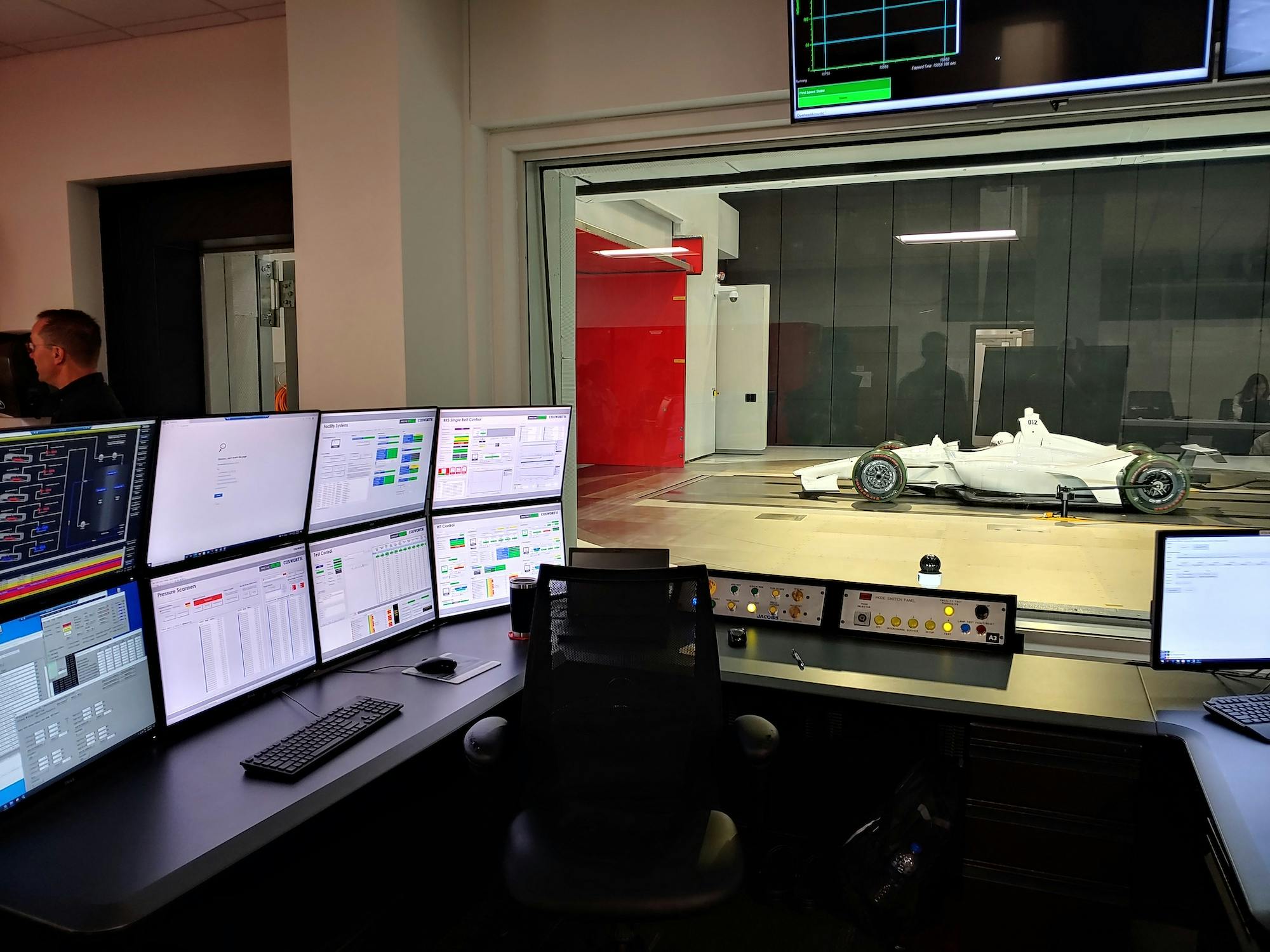
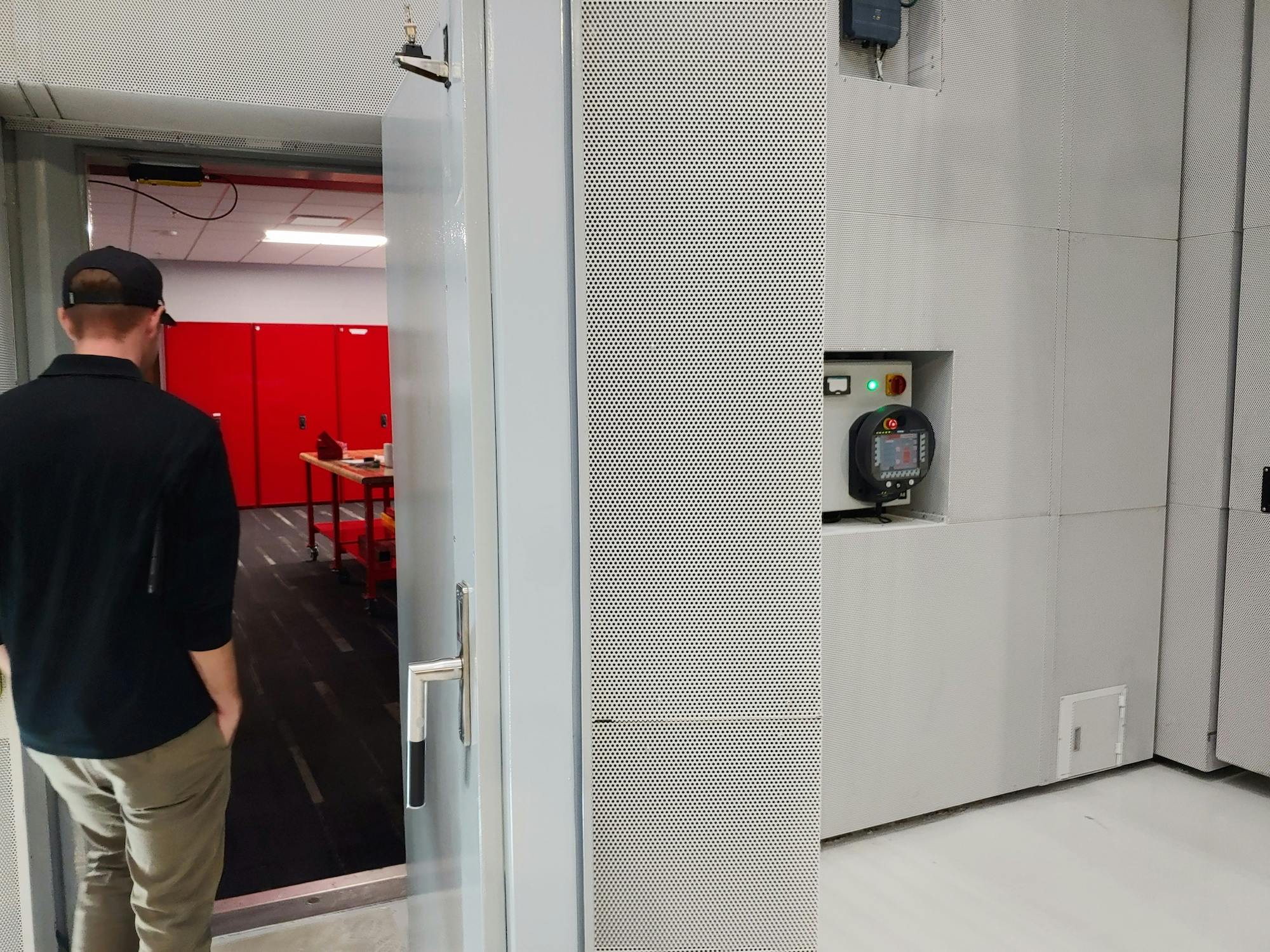
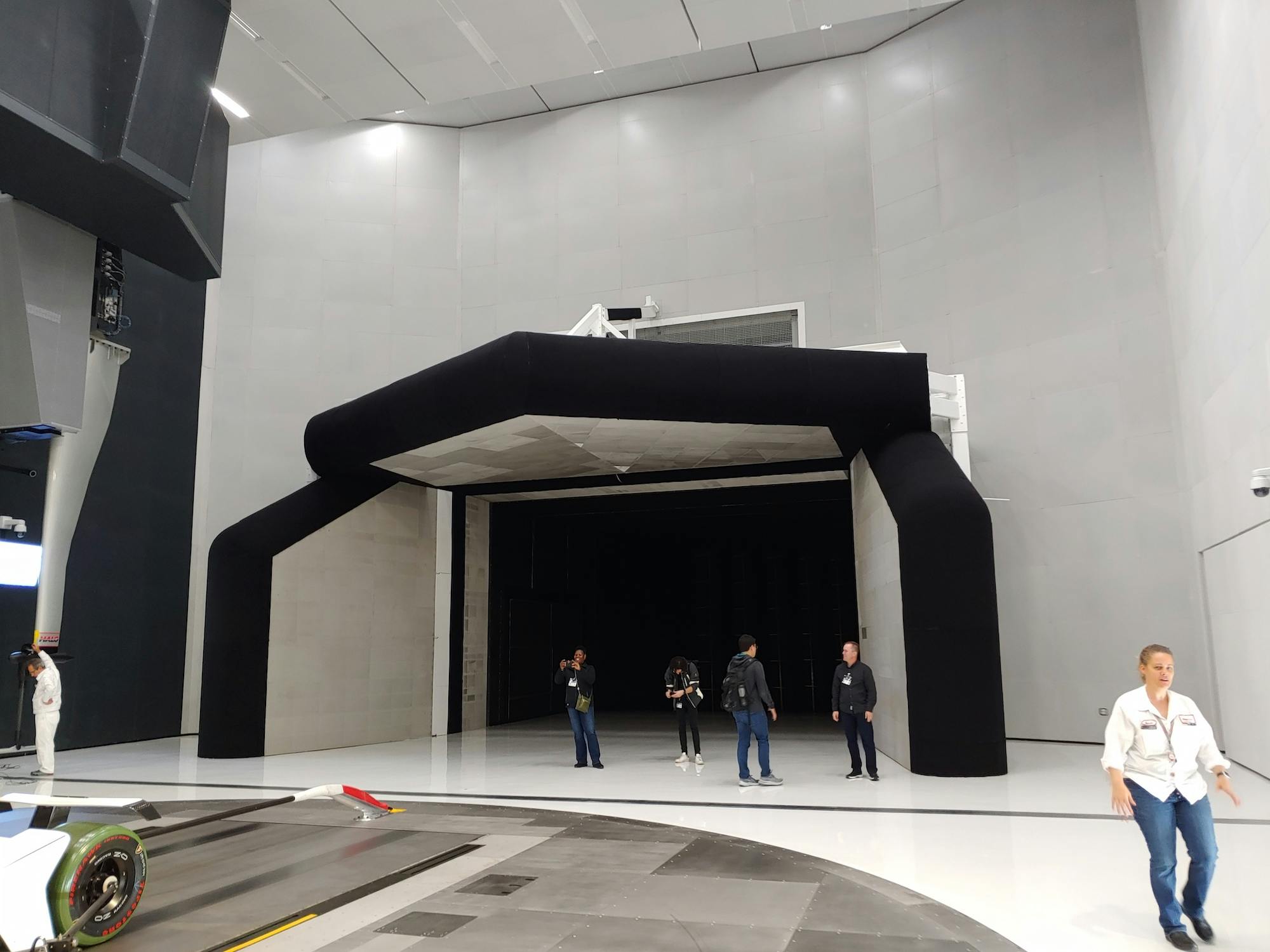

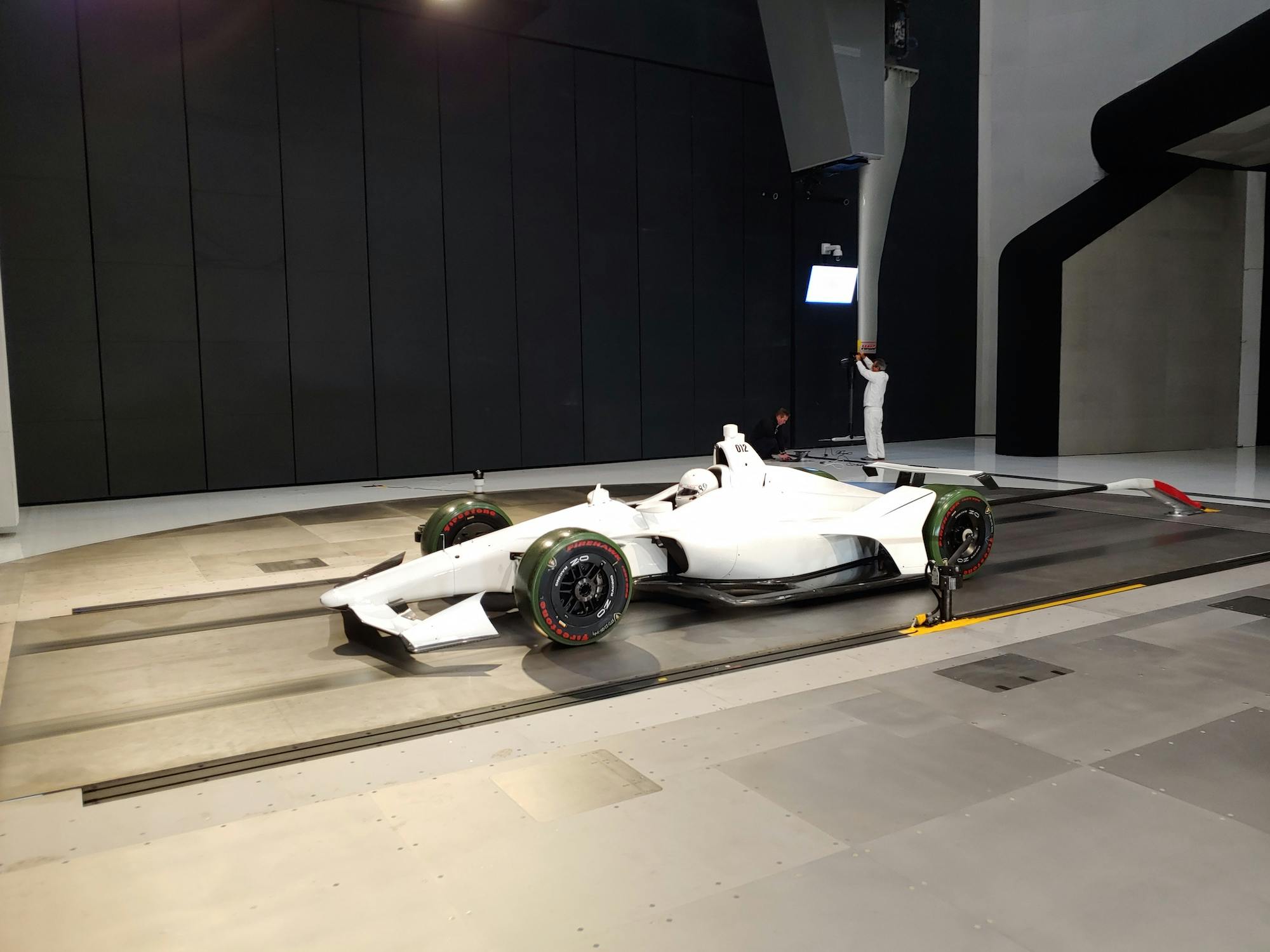

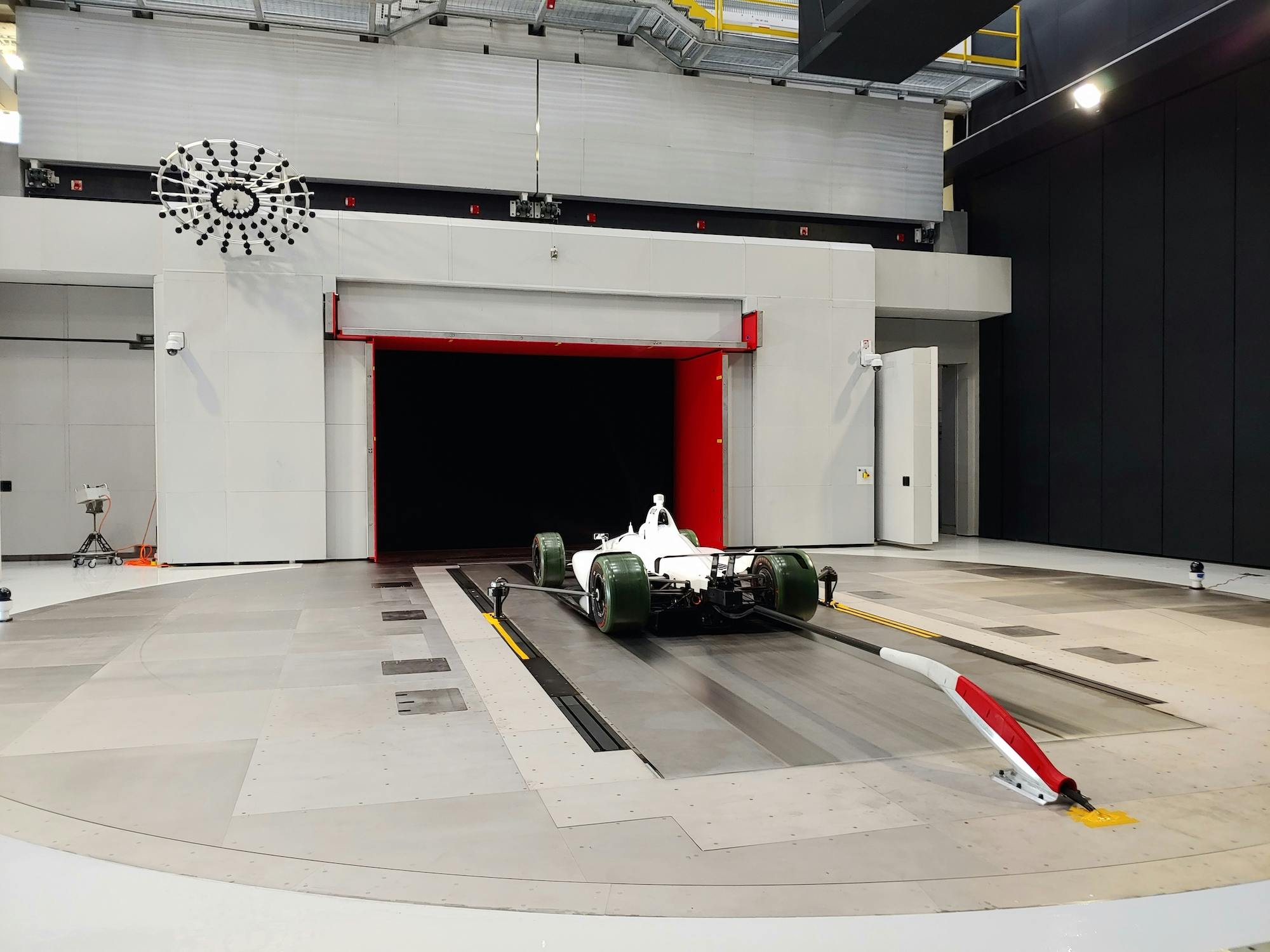


































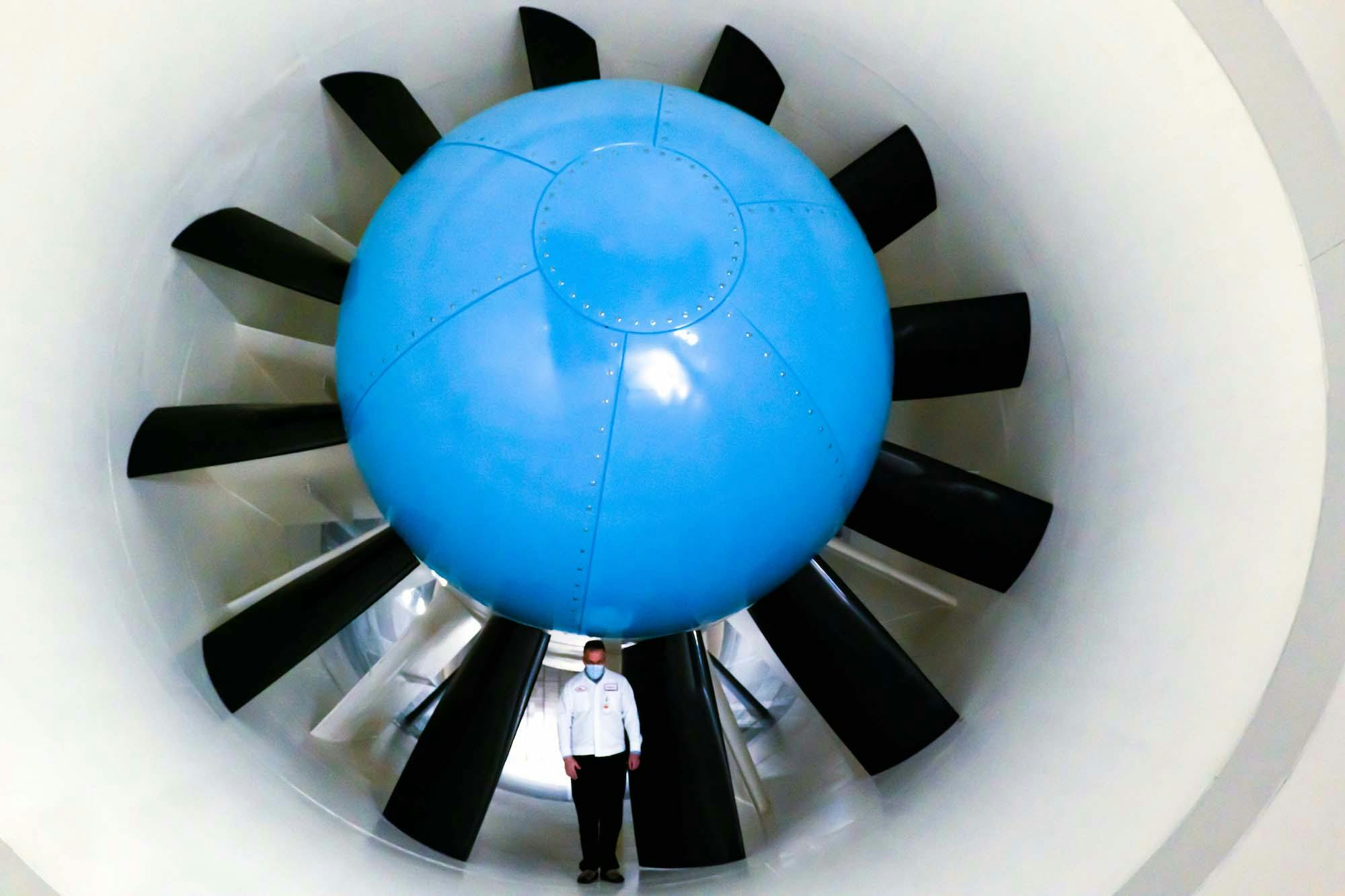
Great article and images about an amazing facility which could conceivably save more energy than it consumes. Just one trivial point: a turbine is a device that extracts energy from a moving medium, the one that moves the medium is a prop or fan. AgentJayZ has taught me well….
Very cool place. I’d love to take a tour of something like that.